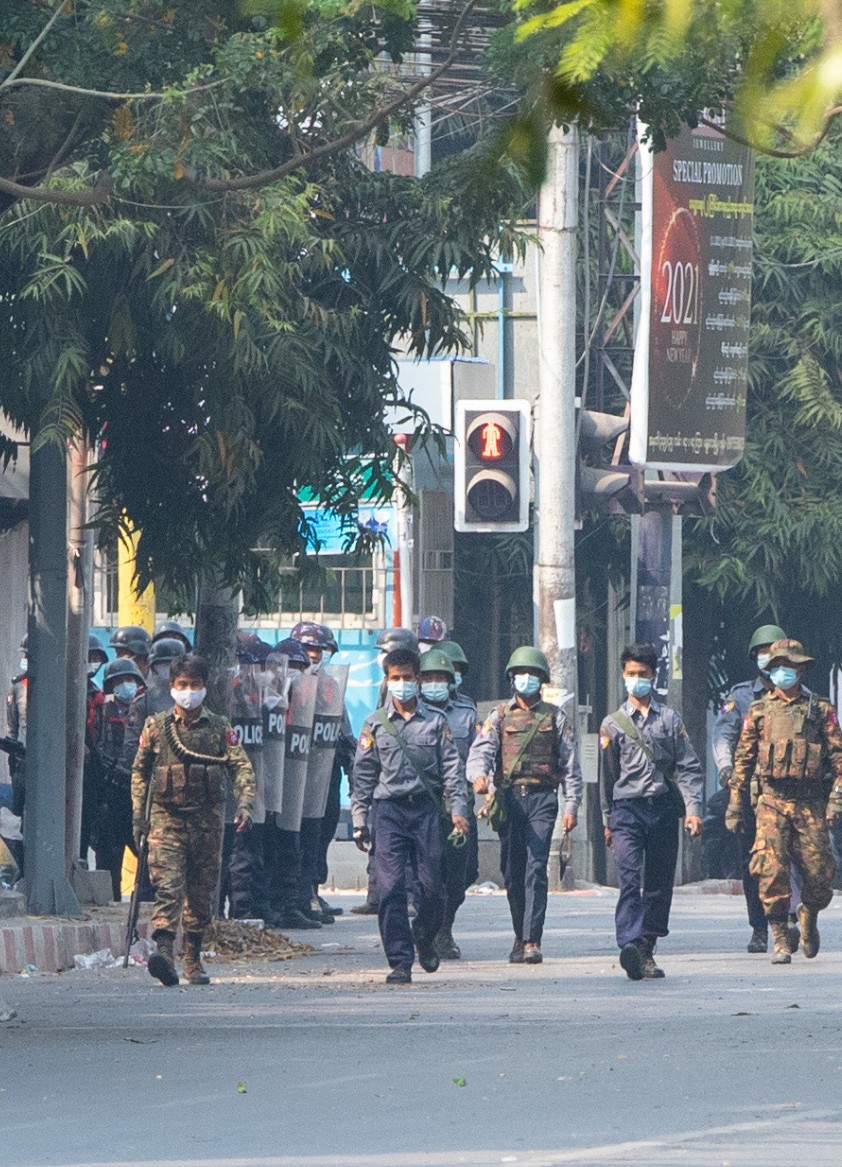
Exchange rate volatility affects international trade through several mechanisms that influence pricing, costs, investment
decisions, and overall competitiveness. Here’s a detailed exploration of these mechanisms:








1. Pricing and Cost Uncertainty
Exporters and Importers
Revenue Uncertainty: Exporters face uncertainty regarding the revenue they will receive in their domestic currency when exchange rates fluctuate. If a contract is signed at a particular exchange rate, subsequent volatility can result in receiving less revenue than expected.
Cost Uncertainty: Importers deal with uncertain costs for goods purchased from abroad. Fluctuating exchange rates can lead to higher costs, impacting profit margins and pricing strategies.
Contracts and Hedging
Forward Contracts: Firms can enter into forward contracts to lock in exchange rates for future transactions, reducing uncertainty. While this can stabilize costs and revenues, forward contracts can be expensive and inflexible.
Options and Swaps: Other financial instruments, like options and currency swaps, allow firms to hedge against unfavorable exchange rate movements. These tools provide some protection but come with their own costs and complexities.
2. Investment Decisions
Foreign Direct Investment (FDI)
Risk Deterrence: High exchange rate volatility can deter foreign direct investment as it introduces uncertainty regarding the future value of returns. Investors may prefer stable environments where they can better predict the value of their investments.
Location Decisions: Companies might choose to invest in countries with stable currencies to avoid exchange rate risks, potentially influencing the global distribution of FDI.
Capital Flows
Volatile Flows: Exchange rate volatility can lead to fluctuating capital flows, with investors moving funds rapidly to mitigate risks. This can cause instability in financial markets and affect long-term investment planning.
Risk Premiums: Countries with high exchange rate volatility might need to offer higher risk premiums to attract investment, raising the cost of capital and potentially reducing investment levels.
3. Competitiveness
Relative Prices
Export Competitiveness: A depreciating domestic currency can make exports cheaper and more competitive in international markets, potentially increasing export volumes.
Import Costs: Conversely, a depreciating currency makes imports more expensive, which can reduce import volumes and increase costs for businesses relying on imported inputs.
Market Share
Price Volatility: Exchange rate volatility can lead to price volatility, affecting firms’ market shares in global markets. Companies from countries with stable currencies might gain a competitive advantage over those from countries with volatile currencies.
Brand Loyalty: Frequent price changes due to exchange rate fluctuations can affect brand loyalty and customer trust, influencing long-term market presence.
4. Trade Patterns
Diversification
Market Diversification: To mitigate risks, firms might diversify their export markets, reducing dependence on any single currency and spreading the risk of exchange rate volatility.
Supply Chain Diversification: Companies might also diversify their supply chains, sourcing inputs from multiple countries to reduce exposure to any single currency’s volatility.
Local Sourcing
Reducing Import Dependence: Firms may increase local sourcing of inputs to minimize the risks associated with exchange rate fluctuations on imports. This can alter trade patterns and impact the structure of international supply chains.
5. Economic Policy and Trade Agreements
Policy Response
Currency Stabilization: Governments may intervene in foreign exchange markets to stabilize their currencies, reducing volatility and its adverse effects on trade.
Monetary Policy: Central banks might adjust monetary policies, such as interest rates, to influence exchange rates and stabilize economic conditions.
Trade Agreements
Exchange Rate Provisions: Regional trade agreements might include provisions to address exchange rate stability among member countries, promoting trade by reducing currency risk.
Economic Integration: Deeper economic integration, such as adopting a common currency (e.g., the Eurozone), can eliminate exchange rate volatility among member countries, facilitating smoother trade relations.
Conclusion
Exchange rate volatility influences international trade through multiple interconnected mechanisms. By affecting pricing, costs, investment decisions, and competitiveness, volatility introduces uncertainty that can alter trade volumes, patterns, and economic policies. Understanding these mechanisms helps businesses and policymakers develop strategies to mitigate risks and promote stable and beneficial trade relationships.

Leave a Reply